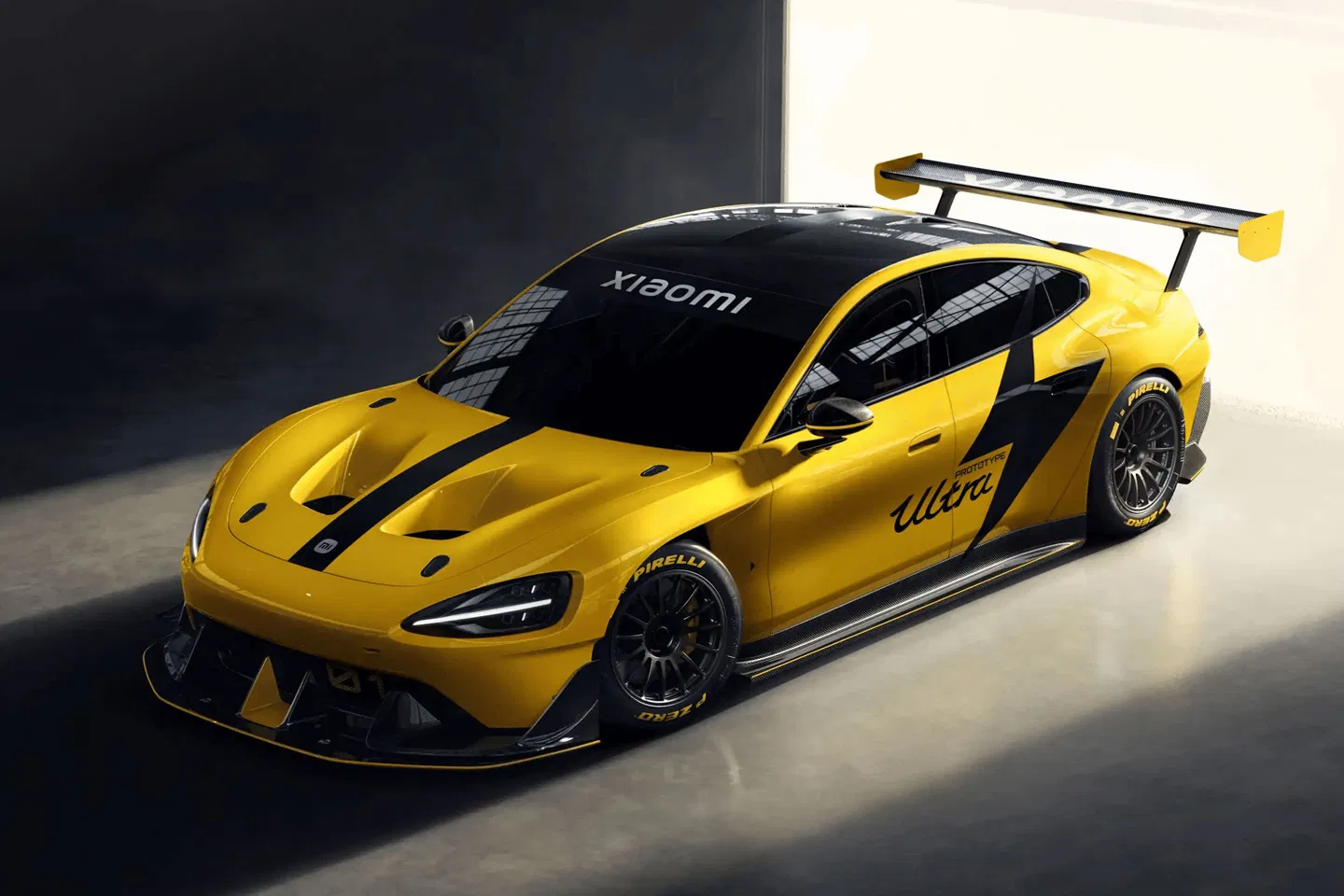Understanding 5C Charging in EVs
One of the most critical factors in electric vehicle (EV) adoption is charging speed. While most EV owners are familiar with terms like fast charging, DC charging, and ultra-fast charging, a more technical term often appears in discussions about battery technology: 5C charging.
But what exactly does 5C charging mean, and how does it impact EV performance, battery life, and the future of electric mobility?
Let’s break it down.
What is C-rate and how does 5C charging work?
The C-rate (Charge Rate) is a measure of how quickly a battery can be charged or discharged relative to its total capacity. In simple terms:
1C means the battery can be fully charged or discharged in one hour.
2C means it takes 30 minutes.
5C means the battery can handle a charge rate that is five times its total capacity, allowing it to charge in just 12 minutes under optimal conditions.
Example Calculation:
If an EV battery has a 60 kWh capacity and supports 5C charging, the theoretical maximum charging power would be:
60 kWh × 5C = 300 kW
This means that the battery could accept 300 kW of power, potentially reaching full charge in around 12 minutes, assuming ideal conditions.


